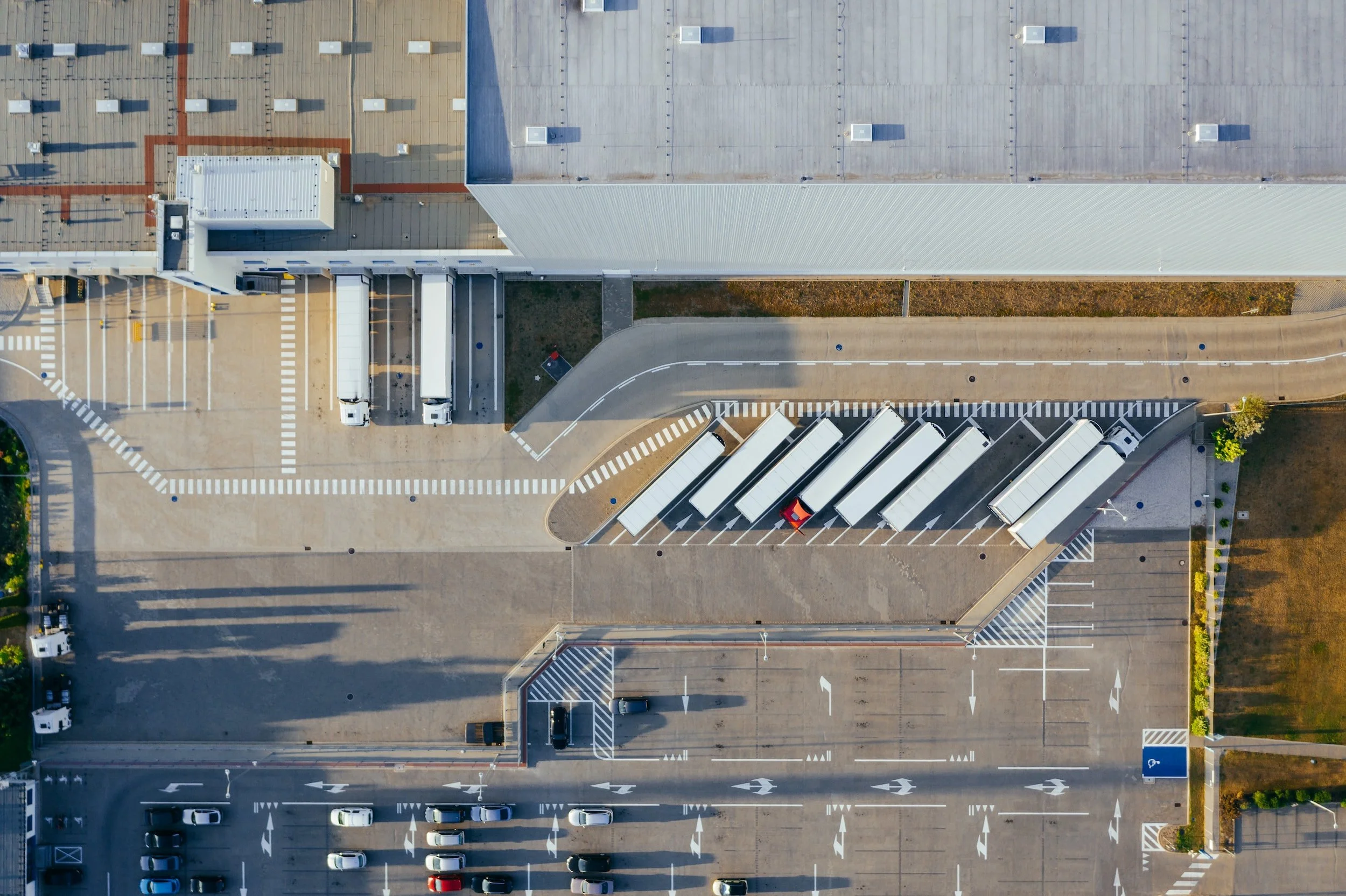Logistics in 2023: what you need to know
In today's fast-paced world, the logistics industry is continually evolving, with new technologies and trends emerging every year.
To remain competitive, businesses must stay ahead of the curve and anticipate the key shifts and movements that will shape the industry in the coming years. In this blog, we'll delve into some of the top trends for 2023 that Australian businesses in the logistics and supply chain sectors need to be aware of to succeed. From the ongoing impact of the COVID-19 pandemic to the emergence of automation and the increasing importance of sustainability, these developments are set to significantly impact and transform the logistics industry in the near future.
The rise of automation and digital technologies
Automation and digital technologies have been on the rise in the logistics industry for several years now, but this trend is set to accelerate in 2023. From autonomous vehicles and drones to blockchain and artificial intelligence, technology is transforming the way goods are transported and managed across the supply chain.
In Australia, businesses are already embracing these technologies to improve efficiency and reduce costs. For example, in the mining industry, autonomous trucks are being used to transport ore from mines to processing plants, while drones are being used to survey and map mine sites. In the retail sector, robots are being used to pick and pack orders in warehouses, reducing the need for human labour.
Fast fact: According to a report by PwC, the use of drones in logistics could save Australian businesses up to $16 billion per year by 2025.
The growing importance of sustainability and green logistics
As climate awareness continues to grow, sustainability and green logistics are becoming increasingly important for Australian businesses. Consumers are demanding more environmentally friendly products and services, and businesses that can demonstrate a commitment to sustainability are more likely to win their loyalty.
In the logistics industry, this means reducing the carbon footprint of transportation and distribution networks. This can be achieved through a range of measures, such as optimising routes, using more fuel-efficient vehicles, and embracing alternative modes of transport such as rail and sea.
Fast fact: According to a report by the Australian Logistics Council, shifting just 10% of freight from road to rail could reduce greenhouse gas emissions by up to 750,000 tonnes per year.
The impact of the COVID-19 pandemic on supply chain management
The COVID-19 pandemic has had a profound impact on the logistics industry, disrupting global supply chains and causing widespread shortages of goods. While the worst of the pandemic may be behind us, its impact is likely to be felt for years to come.
In Australia, the pandemic has highlighted the need for businesses to diversify their supply chains and build more resilience into their logistics networks. This may mean sourcing goods from alternative suppliers or regions, investing in greater inventory management capabilities, and embracing new technologies to improve visibility and tracking across the supply chain.
Fast fact: According to a report by the Australian Trade and Investment Commission, the pandemic has accelerated the adoption of e-commerce in Australia, with online sales increasing by 57% in 2020.
In conclusion, the logistics industry is changing rapidly, and Australian businesses need to be prepared to adapt to these changes if they want to remain competitive. By embracing new technologies, investing in sustainability, and building greater resilience into their supply chains, businesses can position themselves for success in 2023 and beyond.
If you are looking to optimise your supply chain and stay ahead of the competition, Distrabute is here to help. Our expert team can provide tailored logistics and consulting solutions to meet your unique business needs. Get in touch with us today to learn more about how we can help streamline your supply chain and take your business to the next level.


